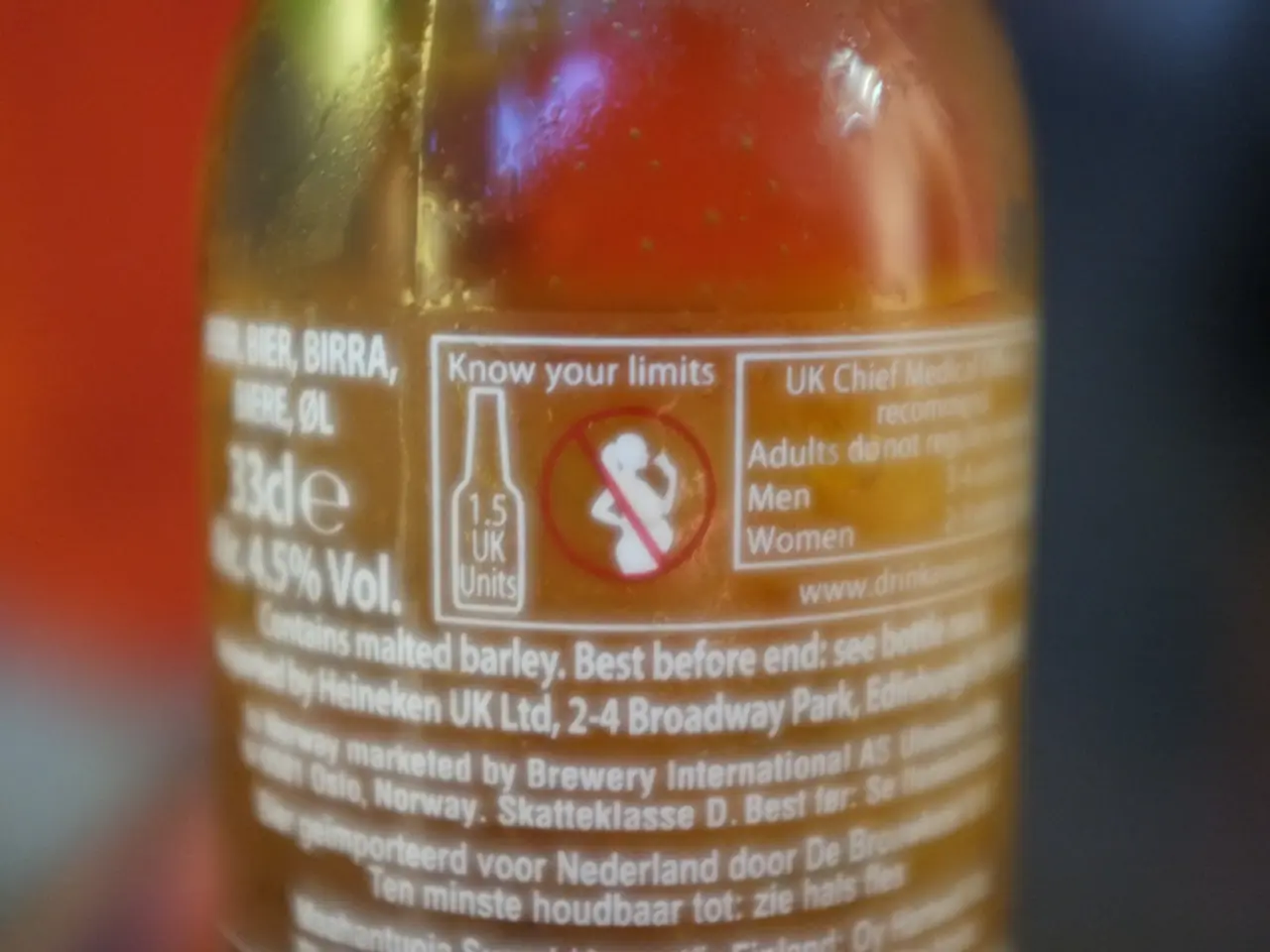Aspen Neuroscience Launches Cohort 3 in ASPIRO Trial for Parkinson's Therapy
Aspen Neuroscience, Inc. has launched Cohort 3 in its ASPIRO Phase 1/2a clinical trial of ANPD001, a novel therapy for moderate to advanced Parkinson's disease. The trial will report primary endpoints at 12 months, with long-term follow-up extending to 15 years.
ANPD001 is an autologous induced pluripotent stem cell (iPSC)-derived dopaminergic neuronal precursor cell (DANPC) therapy, using a patient's own cells to avoid immune rejection and offer tailored treatment. The new formulation, made possible by Aspen's proprietary manufacturing process and machine learning algorithms, is preclinically comparable to earlier cohorts and allows for immediate dosing upon arrival to the institution.
The ASPIRO Phase 1/2a trial is assessing the safety, tolerability, and preliminary efficacy of ANPD001 in levodopa-responsive patients aged 50-70. Cohort 3 marks the first use of Aspen's commercial formulation of ANPD001, designed for scalable, reproducible manufacturing. ANPD001 has received Fast Track designation by the U.S. Food & Drug Administration (FDA) for its potential to address an unmet medical need.
Aspen's precision delivery system ensures sub-millimeter accuracy and a streamlined clinical workflow for cell transplantation. The autologous approach differentiates ANPD001 in the PD treatment landscape, avoiding immune rejection and the need for immunosuppression. The financing for Cohort 3 was provided by the Michael J. Fox Foundation.
Aspen Neuroscience's ANPD001 therapy, with its innovative approach and advanced manufacturing process, is positioned to make significant strides in the treatment of Parkinson's disease. The initiation of Cohort 3 in the ASPIRO trial brings this promising therapy one step closer to patients.
Read also:
- Inadequate supply of accessible housing overlooks London's disabled community
- Strange discovery in EU: Rabbits found with unusual appendages resembling tentacles on their heads
- Duration of a Travelling Blood Clot: Time Scale Explained
- Fainting versus Seizures: Overlaps, Distinctions, and Proper Responses






